Zimbabwe, a country in Africa and once known as the ‘Jewel of Africa’, is often touted for its raw natural beauty, filled with national parks and reserves untouched by globalization. But fairly lesser known is the architectural history of the country. The architectural style found here cannot simply be put into a single group. Beginning from the traditional local architecture rooted in the culture of Africa, to pre-colonial architecture to then a post-modernist approach which is firmly rooted in the past, Zimbabwe’s architectural history is vast. Drawing from its long list of buildings of significance, here are fifteen buildings architects must visit in Zimbabwe.
1. KINGDOM HOTEL
Kingdom Hotel located near the Victoria Falls draws its inspiration from the traditional architecture of Zimbabwe and attempts to evoke the past. The luxury hotel resembles the city of Munhumutapa, capital of the ancient civilization of Zimbabwe. It follows a curvilinear plan along a lake, which gives the hotel an ethereal, floating quality. Seven giant columns around the foyer have ancient Zimbabwean birds carved onto them and shaped stones are coursed through these columns, reminding visitors of the ruins of Great Zimbabwe.
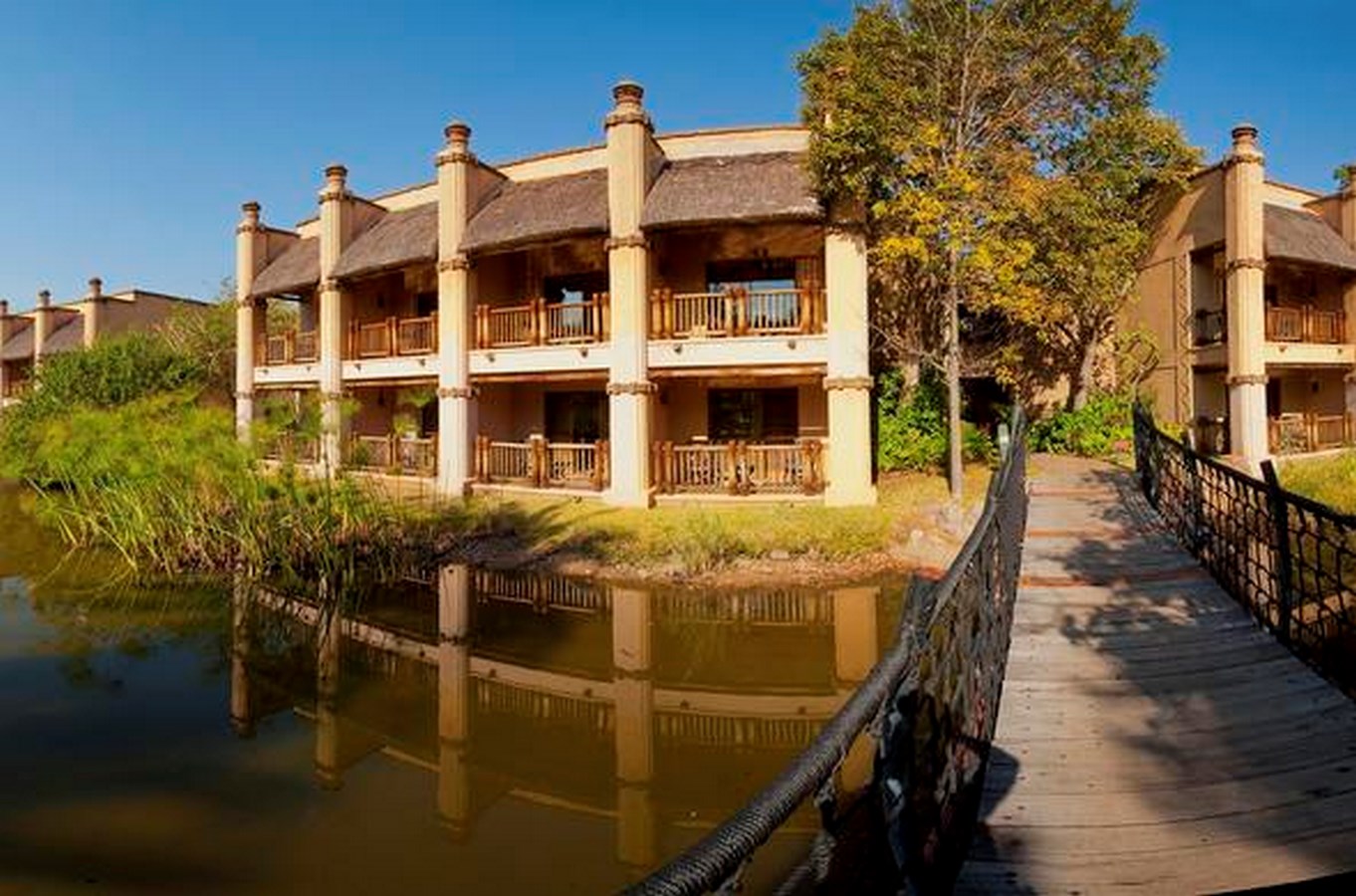
2. RAINBOW TOWERS HOTEL
Previously known as the Sheraton Harare, this five-star hotel was opened in 2006 and marks the entry of global architecture in Zimbabwe. It is located right next to the Harare International Conference Centre and is one of the most luxurious hotels in the country. The hotel accommodates guests in over 300 suite rooms as well as nearly 70 tower rooms on its upper floor. Constructed with a classic modernist influence, its interiors and lavish and extravagant.
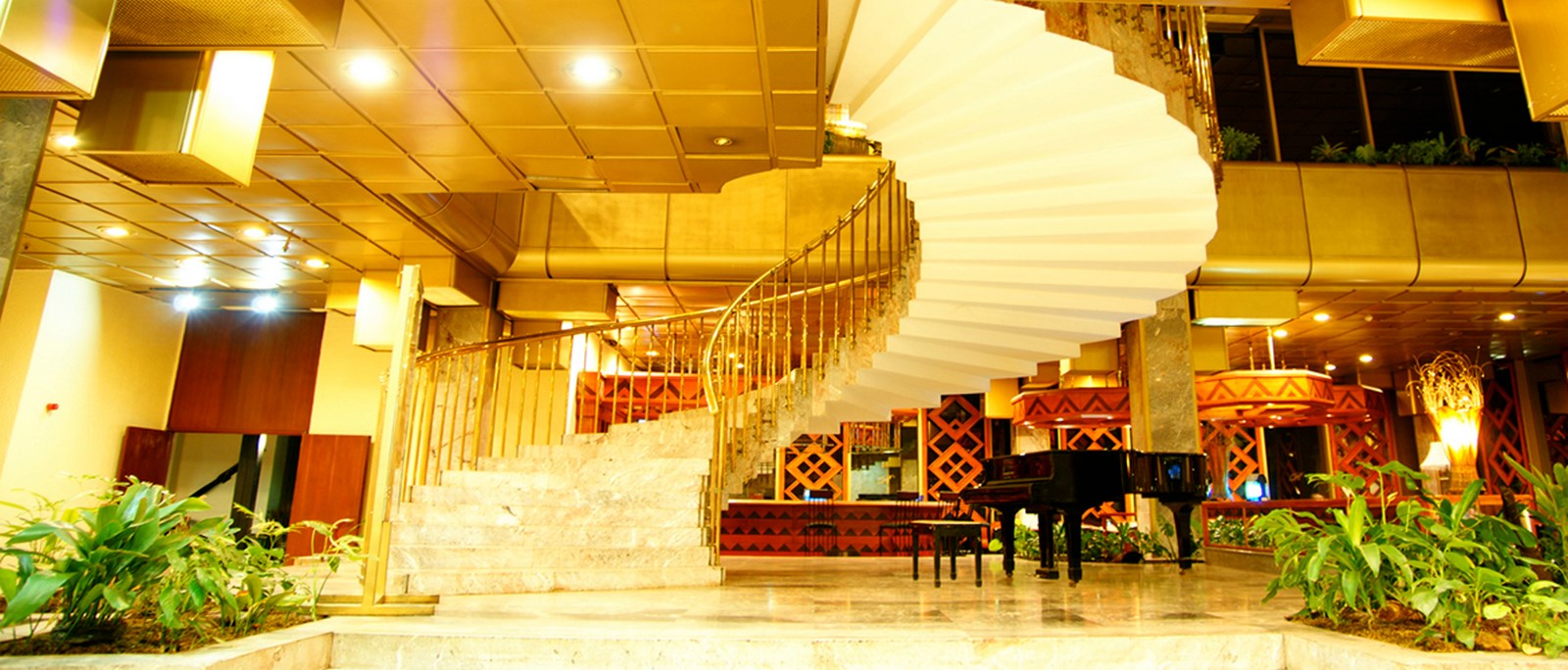
3. NATIONAL HERO’S ACRE
Located seven miles from Harare, this construction was initiated in 1981, a year after Zimbabwe officially gained independence. A well paved open space sits between two hills. Two slate trapezoidal structures face the north and south of the structure and have the national bird, the bateleur eagle carved on them. An octahedral dais houses three large statues of heroes from the liberation war. Below the dais is a granite structure which houses the tombs of the unknown people who risked their lives for the country. The foot of the dais is thus considered as the most sacred portion of the whole shrine. Chevron patterns have been used as decoration inspired by pre-colonial architecture design found on the outer walls of the Great Enclosure.

4. HARARE INTERNATIONAL AIRPORT
This airport was built during the post-modern era with inspiration taken from the Great Zimbabwe ruins. The windows have been arranged horizontally in a chevron pattern, inspired by the pattern inside the Great Enclosure. The Control Tower mimics the architecture of the Conical Tower. The elongation of the main terminal complex serves as air bridges for the passengers and remind them of the passages leading to the conical towers inside the Great Enclosure. The interior design however is starkly modern and lacking traditional Zimbabwe architecture style.
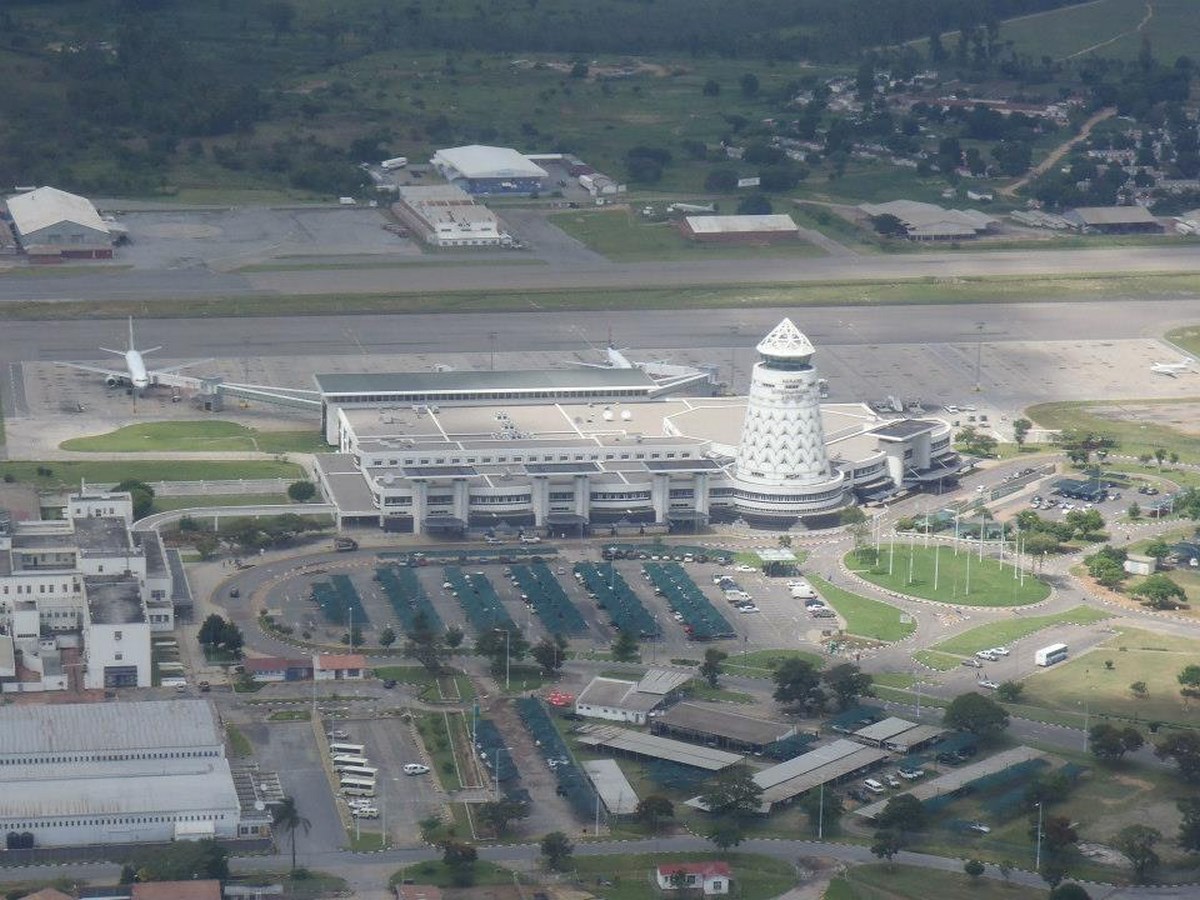
5. RESERVE BANK OF ZIMBABWE
The financial centre of Zimbabwe, The Reserve Bank of Zimbabwe (RBZ) was opened in 1996 and is regarded among the frontrunners of the post-modern era. It is modelled after the conical tower in Great Zimbabwe. It is also rooted in the Shona culture, where food reserves were stored in towers much like the RBZ building. The king received grain as tribute and thus the grain silos were considered to be symbols of authority. A series of motifs and symbols have been used in this post-modern construction to thus evoke the pre-colonial, local architecture of the country.
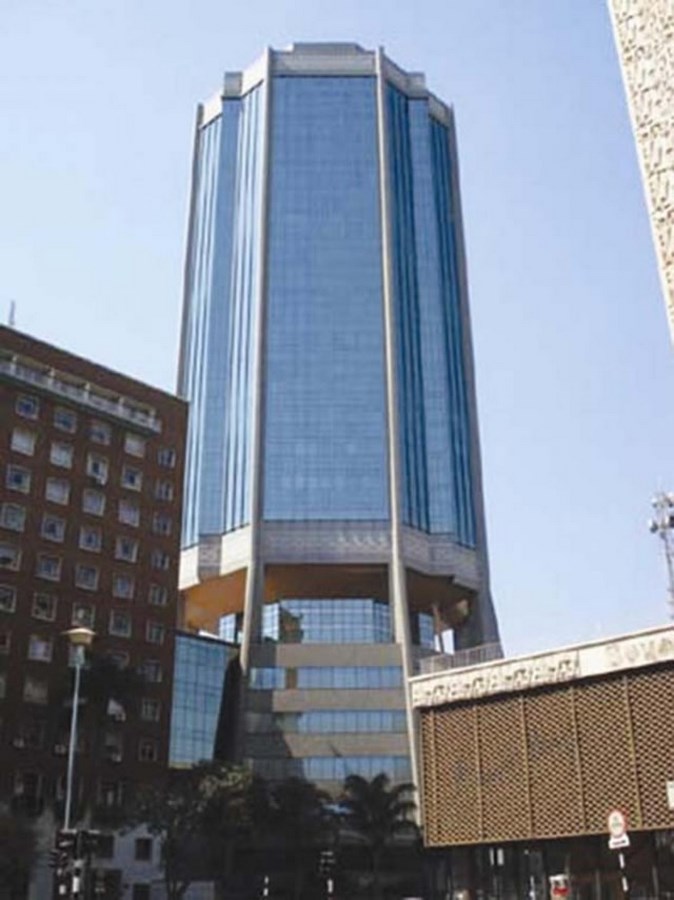
6. GREAT ZIMBABWE RUINS
One of the most well-known destinations in Zimbabwe, Great Zimbabwe was the capital of the Kingdom of Zimbabwe during the country’s late Iron Age. It has been described as one of the most dramatic architectural landscapes in sub-Saharan Africa and is the largest stone complex in Africa built before the modern era. It was constructed in the 11th and 15th centuries and was inhabited by Shona people. The construction can be categorized roughly into the Hill Area, The Great Enclosure and the Valley Ruins.
The Great Enclosure is a walled structure punctured with monoliths and turrets with a massive outer wall and a smaller, parallel inner wall creating passages leading to large towers. It shares similarities with the Hill Ruins and hence is thought to have been constructed to house surplus populations. The Valley Ruins offer evidence that the site was once a bustling trade centre. The conical tower is presumed to be a granary. All the walls were constructed using local granite.
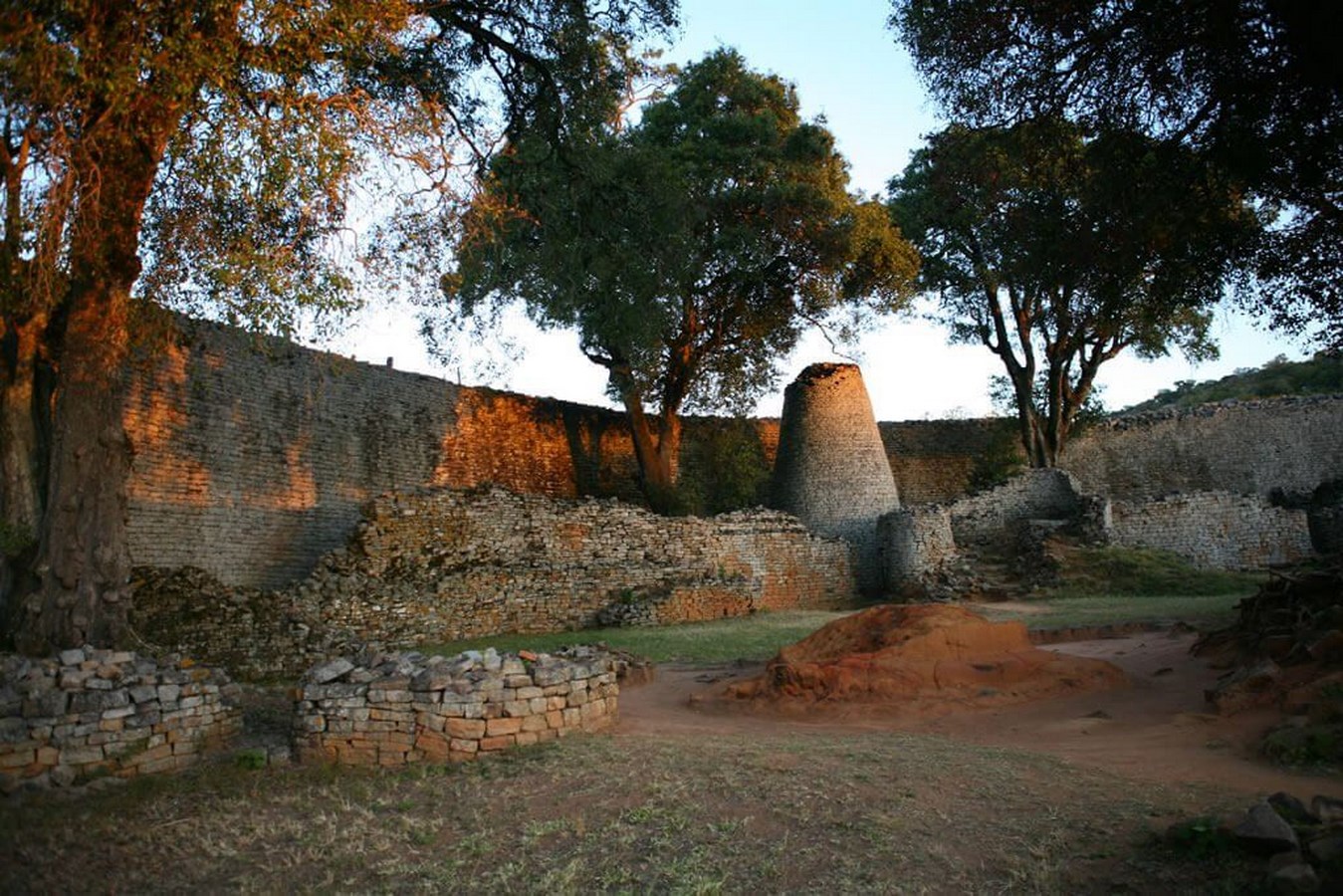
7. KHAMI RUINS
The Khami Ruins National Monument is located near the city of Bulawayo and is composed of a complex series of platforms of dry-stone walled structures. Huts made from granite walls having decorations and lattice work along with perambulatory galleries all showcase a high standard of workmanship. The architecture of the site provides evidence of strong, early civilizations with further information about their culture and economic strata. Khami, a UNESCO heritage site, is the second largest stone-built monument in Zimbabwe and is one of the few sites that have not been destroyed by treasure hunters.
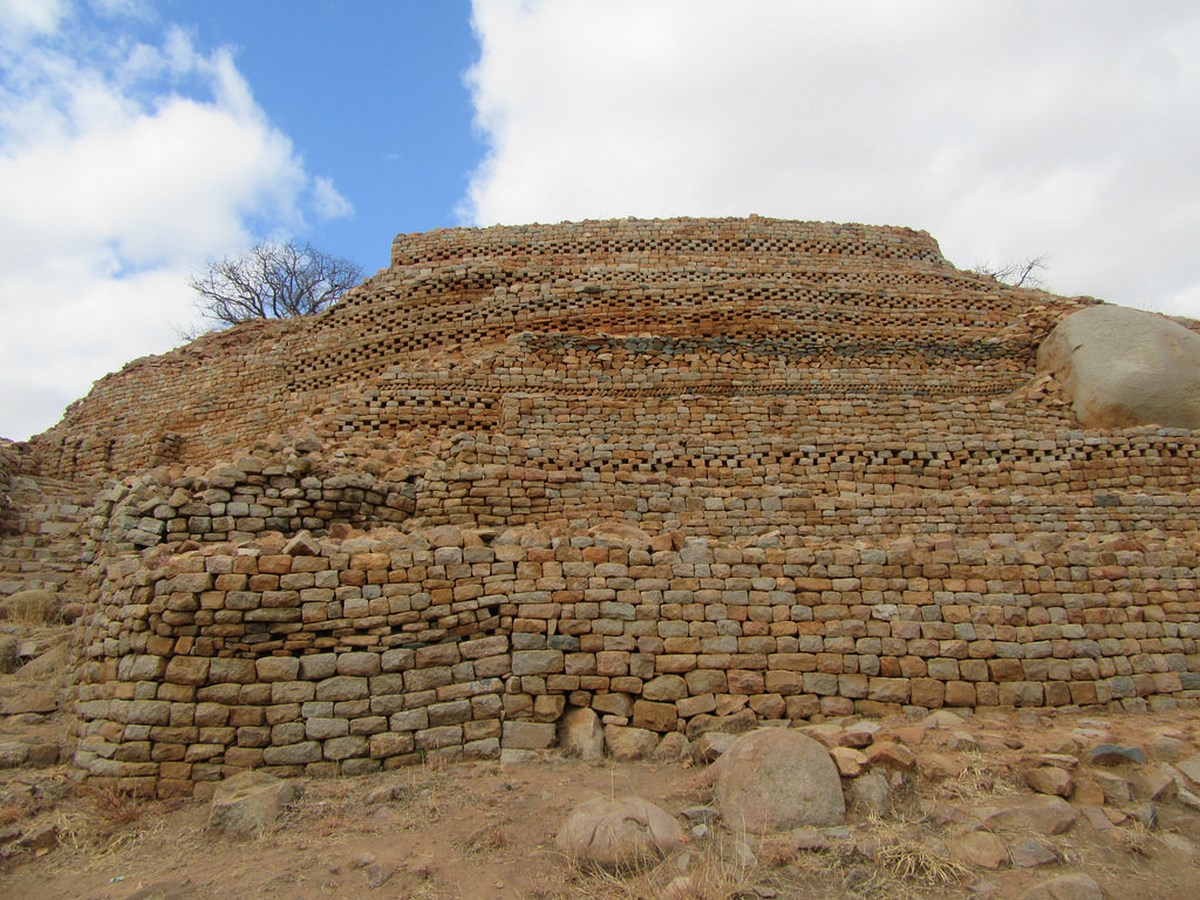
8. NATIONAL GALLERY, HARARE
Since its inception, the National Gallery of Harare has witnessed the shift in Zimbabwe from colonialism to independence. It was initially planned in the 1930s but the second world war hindered it’s construction. It was given new life in 1943 and a competition was launched for the design of the building, overseen by two Johannesburg architects. The winning design by Montgomerie and Oldfield was put to construction in 1955. The building makes primary use of natural light and is essentially a large open plan space which can be broken up into smaller spaces temporarily using partitions.
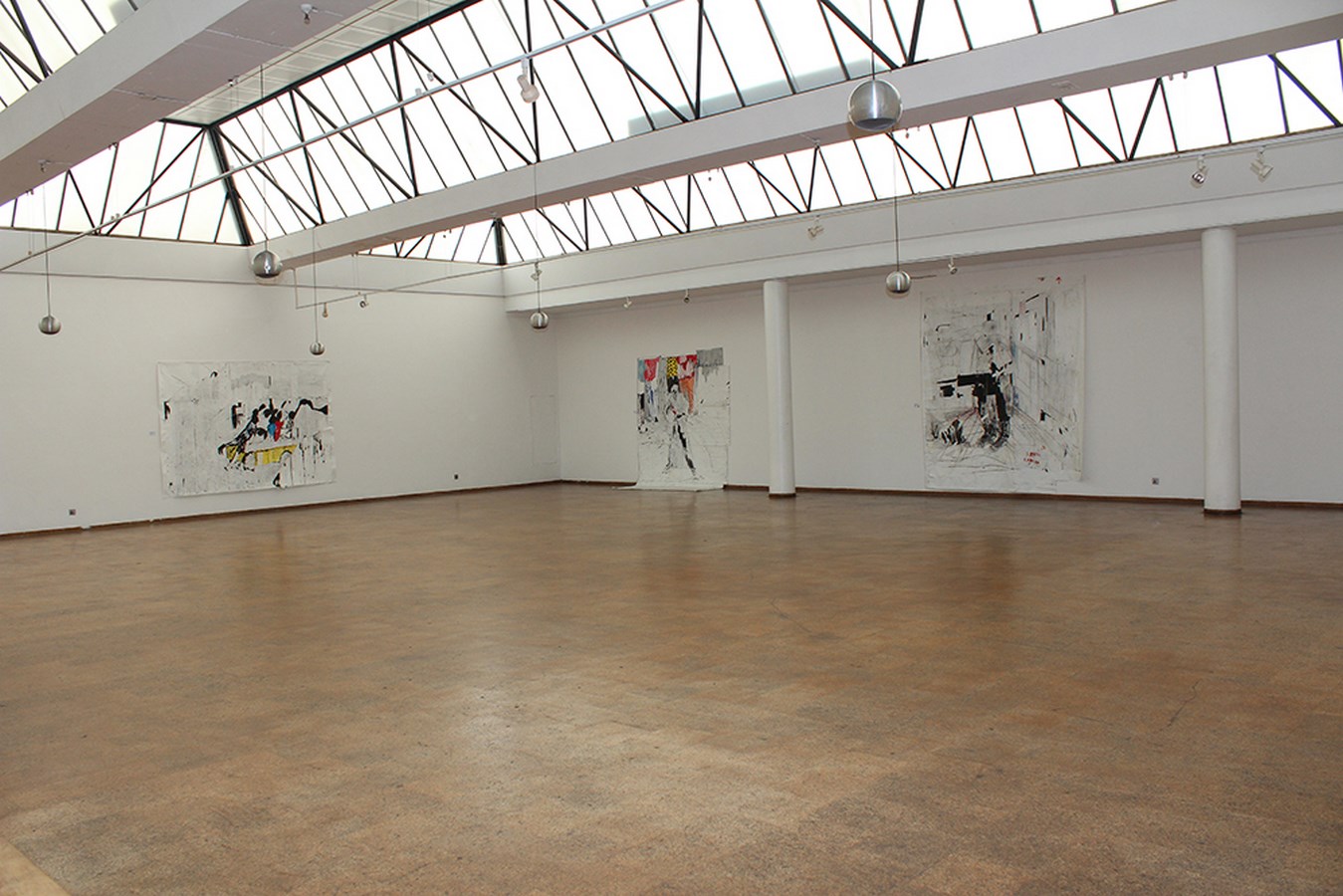
9. MATOBO HILLS LODGE
This lodge is located in the Matobo wildlife park. It is built on a granite rock, mirroring the surroundings it sits in which consist of granite rocks displaying paintings of the first inhabitants of the area. Some paintings depict wildlife which still exists in the park. The hotel’s architecture is largely influenced by the local culture. The use of dagga or granite stones and thatched roofs was a traditional style of architecture that is still in use all over the country. During summers, this construction technique helps keep the hotel cool. The architecture is largely reminiscent of the past and provided an authentic viewing experience of the culture.
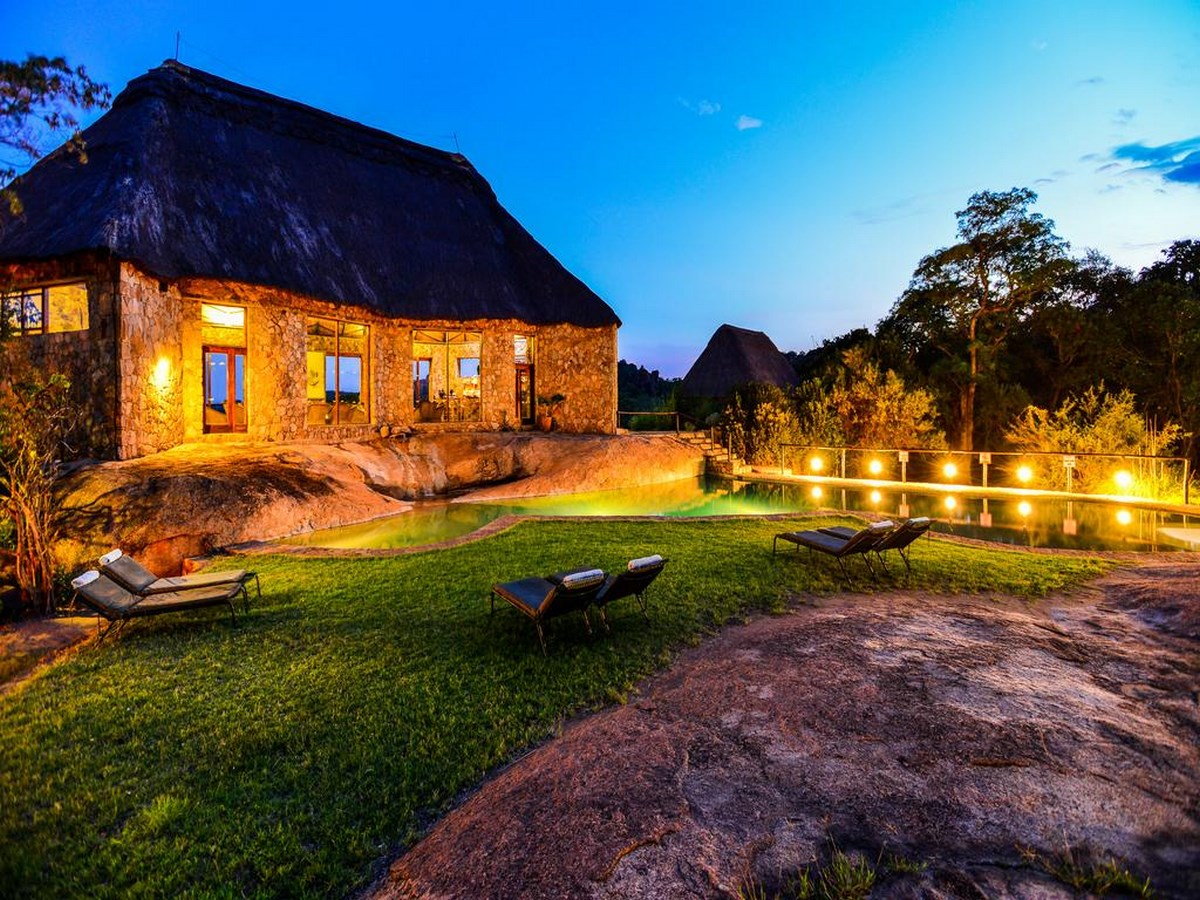
10. KARIBA DAM
The Kariba dam, located in the Kariba gorge of the Zambezi river forms Lake Kariba, one of the largest manmade reservoirs in the world. It is 128 metres in height and 579 metres in length. It has a double arch wall which curves both horizontally and vertically, a feat of engineering which enables the weight of the water pushing against the wall strengthen the foundations of the dam itself. Construction of this dam began in 1955 and finished in late 1958.
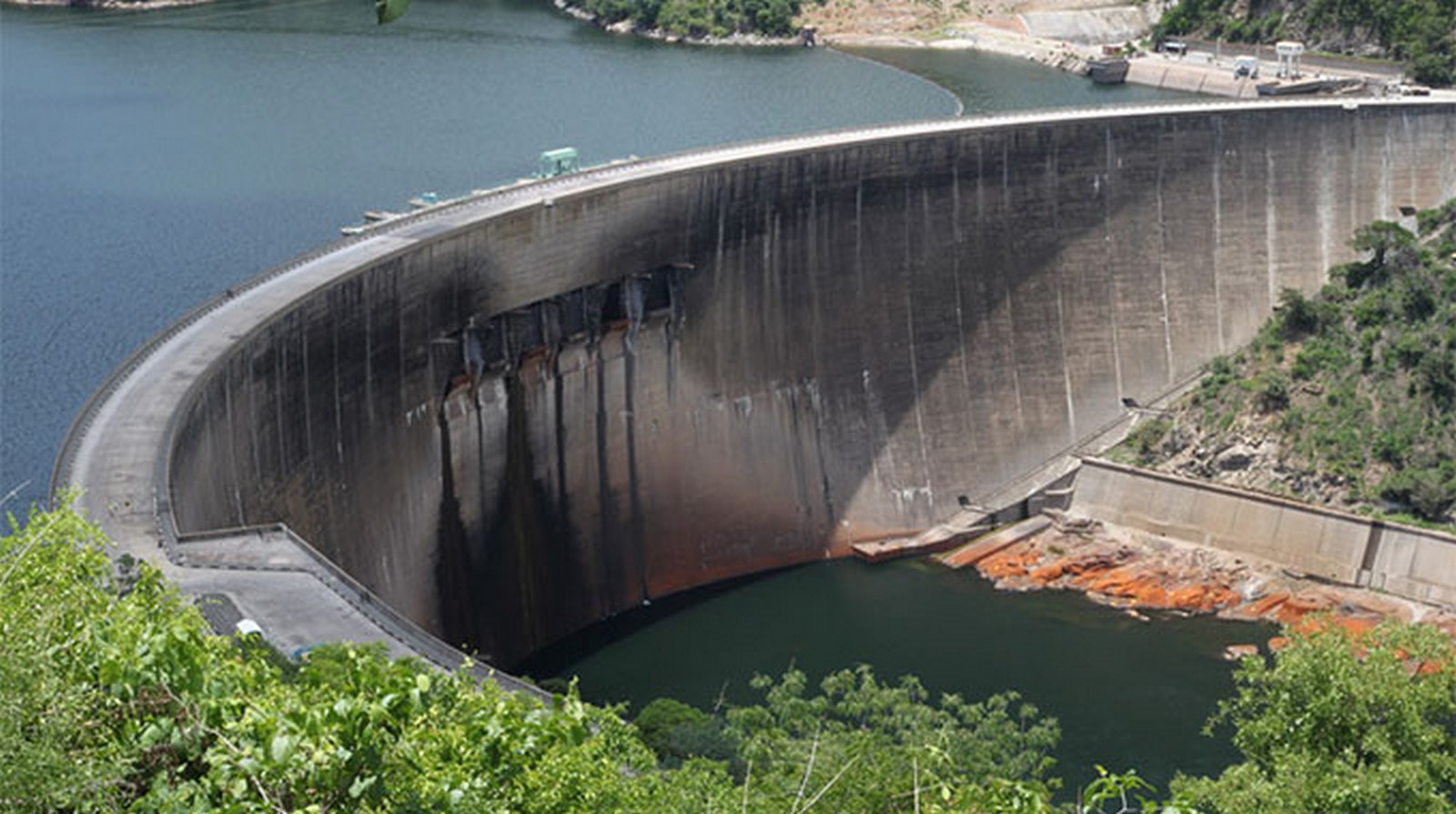
11. EASTGATE CENTRE
A shopping centre and office space located in Harare, Eastgate Centre was brought into attention due to use of biomimicry for its conception. Architect Mike Pearce derived inspiration from termite mounds for the self-regulating ventilation system employed in the building. Termite mounds maintain stable internal climates by allowing passive internal airflow. This is stimulated in the building using construction materials with a high thermal capacity which store and release heat gained from the surrounding, and large mechanical fans operating on a cycle which enhances heat gain during the day and heat release during the night. The building saves on costs of air conditioning by using passive cooling techniques which regulate temperatures within the building even as the external temperatures fluctuate.
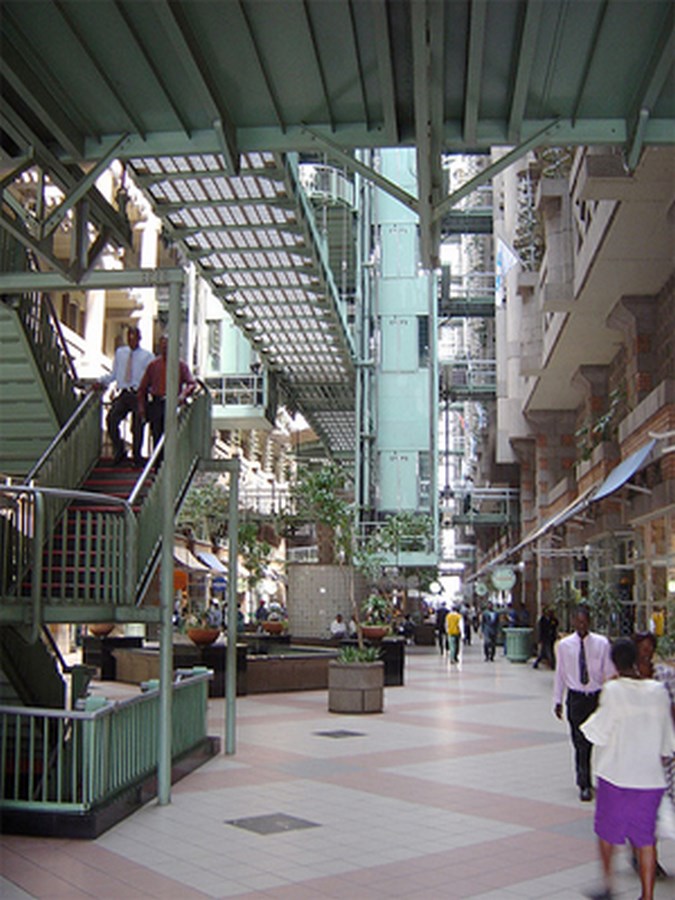
12. JOINA CITY
Joina City, the third tallest building in the country, was constructed with the aim of being a one stop destination in the central business district of the bustling city of Harare. A high-end shopping mall as well as office spaces were provided in this building. The building is prepared for emergencies with twenty-four thousand litres of reserve water for when water supplies are cut for the city.
Zimbabwean businessman Shingai Mutasa was inspired to build a commercial centre for Zimbabwe on his visit to the USA. While plans for the building were approved in 1998, the Zimbabwean economic collapse set the project construction back. The project took twelve years to complete however, the vision was kept intact. The building was finally opened for public in March, 2010.
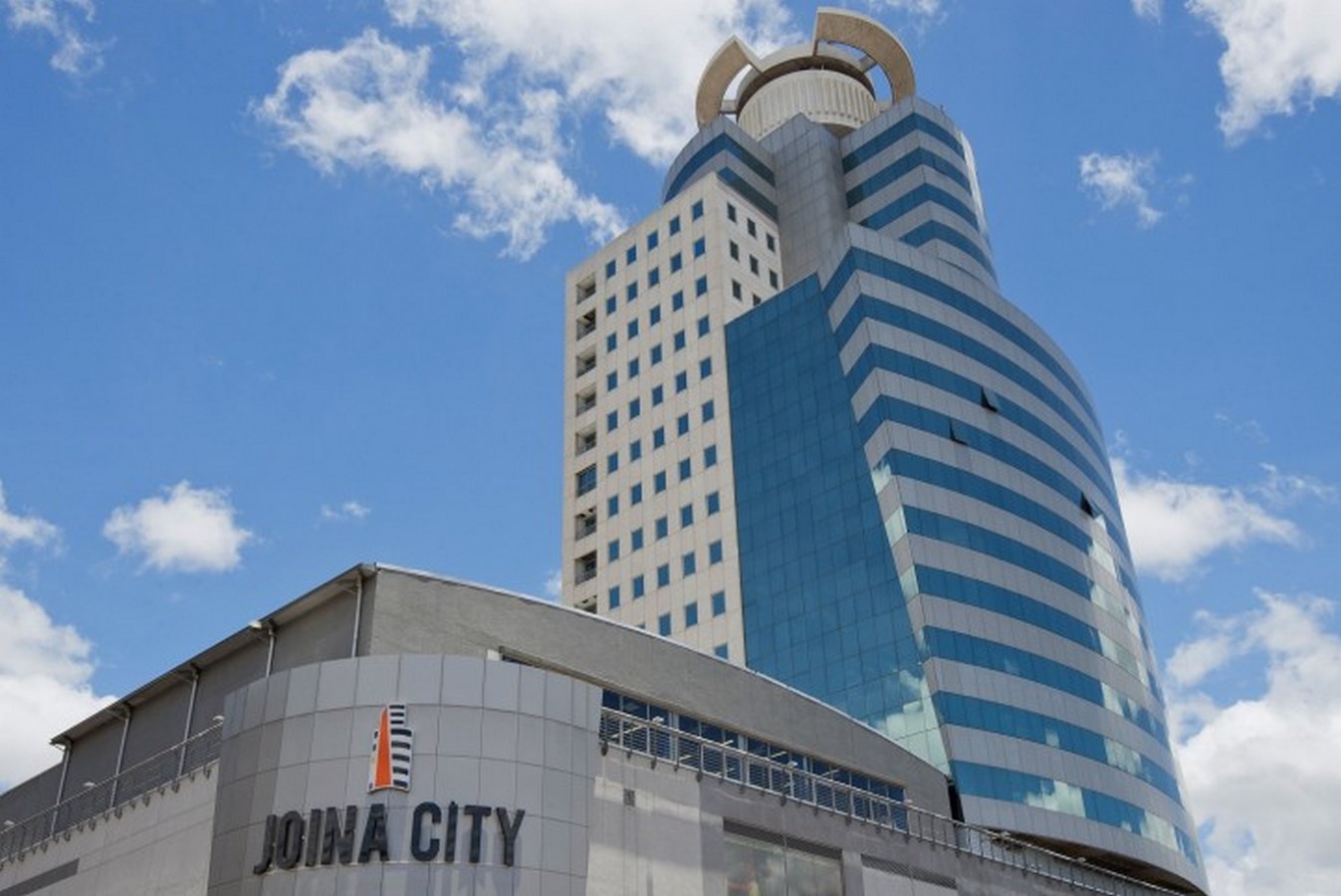
13. BIRCHENOUGH BRIDGE
Birchenough Bridge was built in 1936 over the Sabi River,a road bridge giving people in the East access to the central districts of Zimbabwe. It is a single span bridge, 330 m in length. At its time, it was the third longest bridge in the world, after the Sydney Harbour Bridge and the Bayonne Bridge in New York. The total weight of the steel used for construction is 1500 tons, a remarkable feat considering that the Victoria Falls Bridge has the same weight but less than half the span of this bridge.The bridge was built using the same technique employed for the Victoria Falls Bridge – two arches were cantilevered as two halves anchored back to the shores by wire ropes.
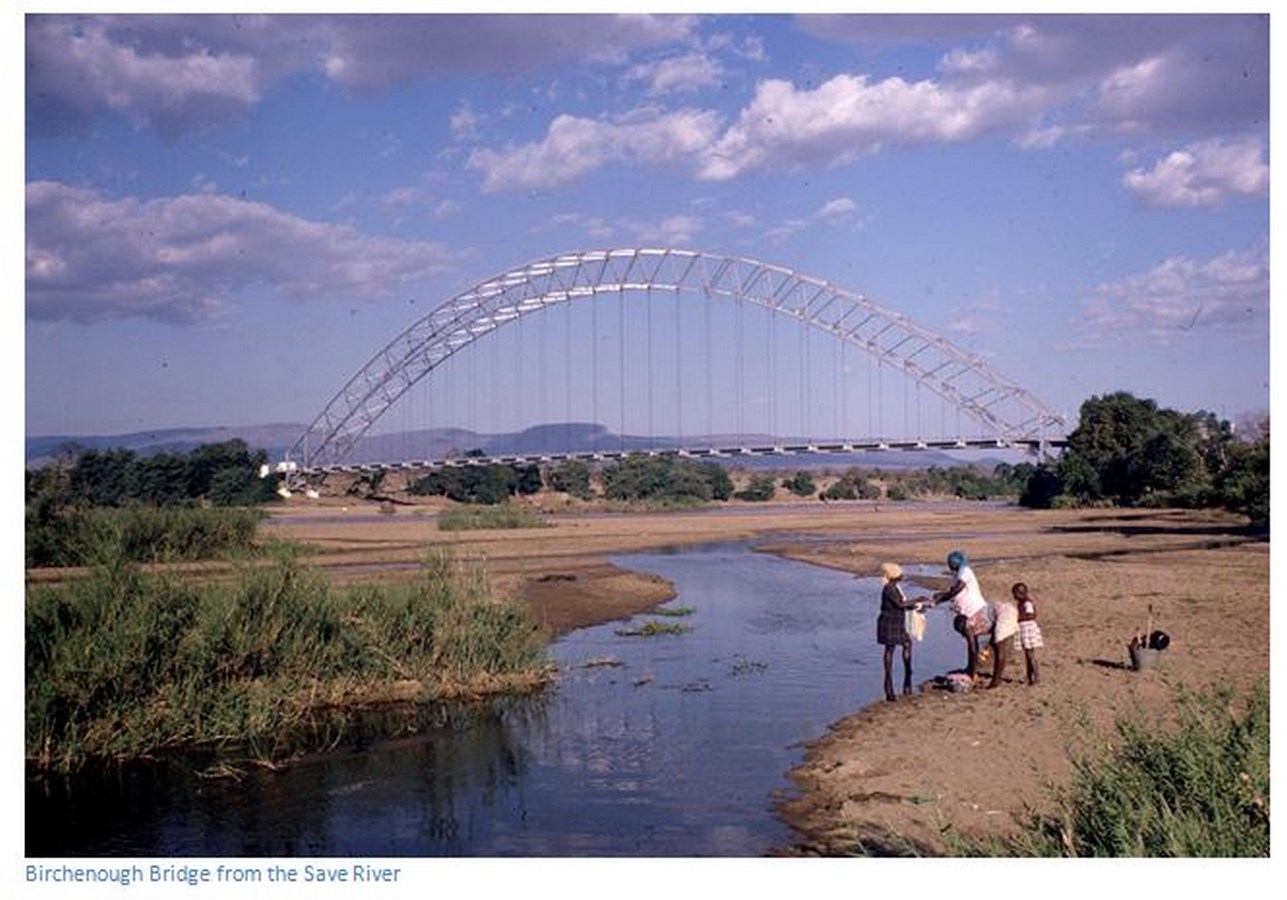
14. HINDU TEMPLE
Catering to the relative minority of Hindu population in the city of Harare, this temple was opened to the public in 1992. It was constructed as the older temple was small and in a congested part of the town. The design now accommodates large crowds during festivals, and people from all sects of Hinduism flock to this temple. Imminent architect Mike Pearce helped design the temple, which has combined western and eastern influences to create its own architectural style. The temple hosts classes for students during the day on culture, society and religion.
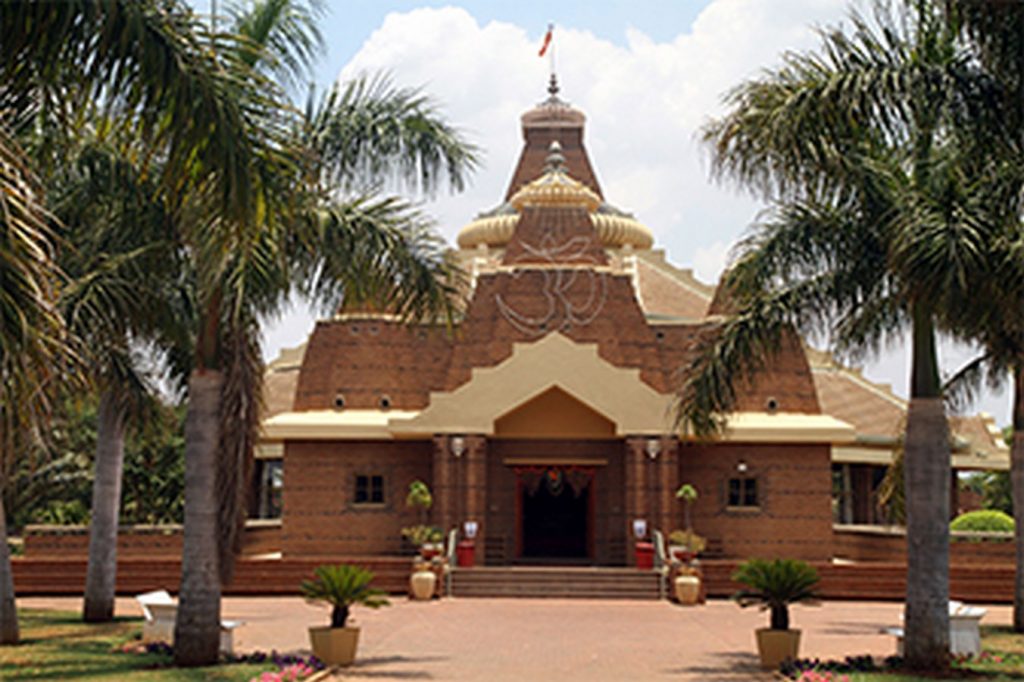 15. MAPUNGUBWE INTERPRETATION CENTRE
15. MAPUNGUBWE INTERPRETATION CENTRE
Mapungubwe National Park, located on the border of Zimbabwe, Botswana and South Africa is a UNESCO World Heritage Site and the setting for the Mapungubwe Interpretation Centre designed by Peter Rich. It has derived inspiration as well as sourced its construction materials from its surrounding complex landscape.
A multiplicity of experiences is provided by the walkways which zigzag through the whole design. The domes and arches are surfaced with local rubble stone which makes the structure seem timeless, a part of the natural beauty around it. Light filters into the structure through timber slats and steel screens and ponds cool the air which ventilate the building.
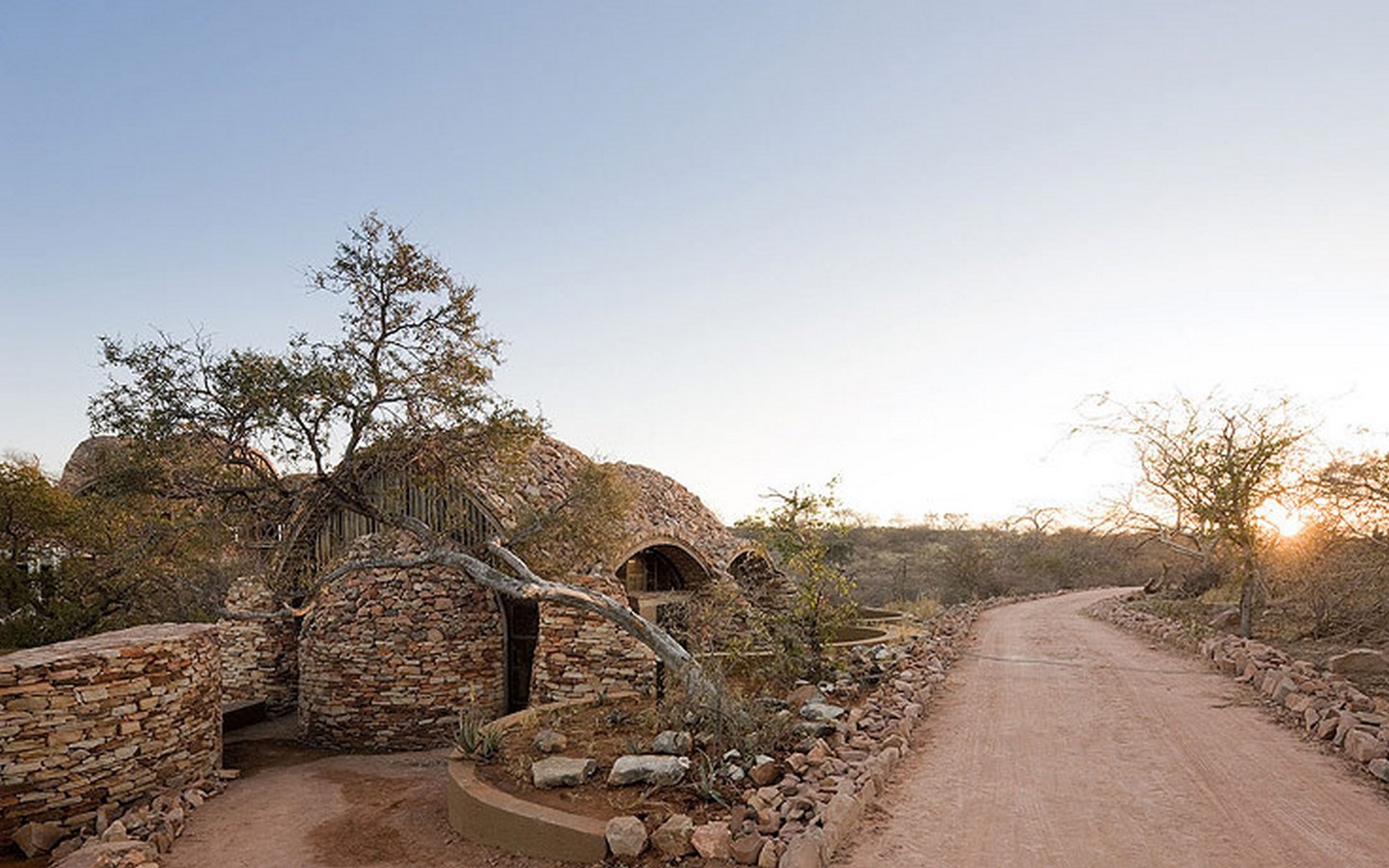
–re-thinkingthefuture.com/






